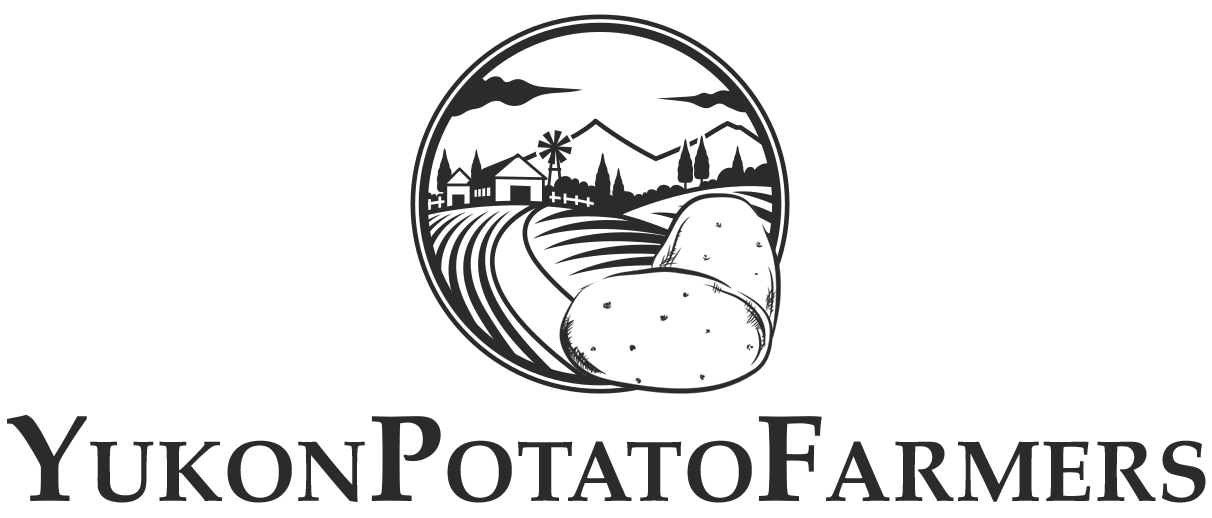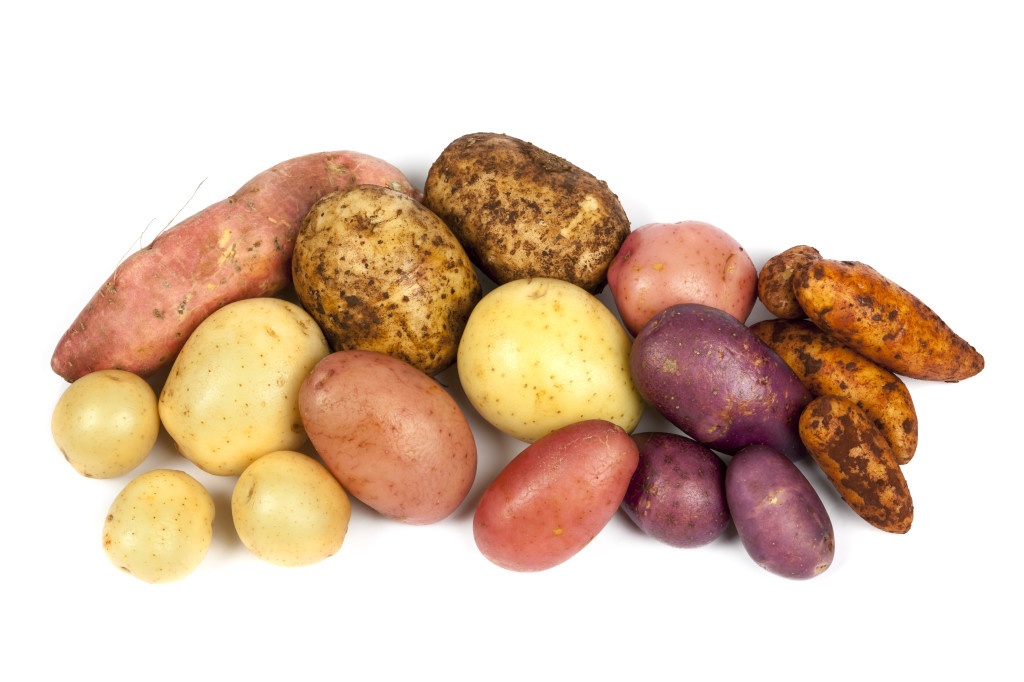Description
These potatoes are tolerant of cool soil and frost and can be planted in late spring. Warm your tubers to a temperature of 50-60 degrees F to enhance sprout formation. Golf ball size tubers may be planted whole. Larger tubers should be cut into pieces weighing about 2 ounces, with each piece having at least 1-3 eyes.
Seed pieces can be planted immediately after cutting but sprouting and resistance to decay improves after the pieces are left in a cool, moist room with good ventilation for 3 days. Sow seed pieces 3-4 inches deep and leave 10-12 inches between plants in rows 2-3 feet apart. Closer plantings sometimes can result in better yields, but the potatoes will be smaller. Do not plant the potatoes just after removing from cold storage.
Growing:
Start with a soil pH of 5.5-6.5 and grow in full sun. Potatoes require more nutrients than other average plants, so they need deep fertile soil with good drainage. Mineral soils are best. Always use compost and well-rotted manure to enrich the soil (fresh manure will promote development of the scab organism). Avoid lime at planting time. Maintain regular moisture as interruptions will cause irregular growth spurts resulting in malformed or cracked potatoes. Hill plants when they are approximately 12-inches high, by hoeing up 6-8 inches of soil around the plant.
Harvest:
Early potatoes can be dug as soon as they’re the size you need. This is often 2-5 weeks after flowering. Crops you plan on storing should be left in the ground until light frosts or natural decline cause the tops to wither.
Pests and Diseases:
Blight is caused by fungi such as mildews, rusts and smuts and can cause potatoes to rot in storage. This disease appears as dry brown lesions with fluffy white mold on the undersides of the leaves. Use a sulfur or copper fungicide to help prevent blight from developing.
You can control potato beetles with Neem oil, Rotenone or by hand picking the beetles, larvae and eggs and throwing them in a bucket of soapy water to kill them. It’s a good idea to carry a little mirror with you so that you can easily see the undersides of the potato leaves where the beetles like to live.
Good Companion Crops:
Bush bean, cabbage family, corn, parsnip, peas

